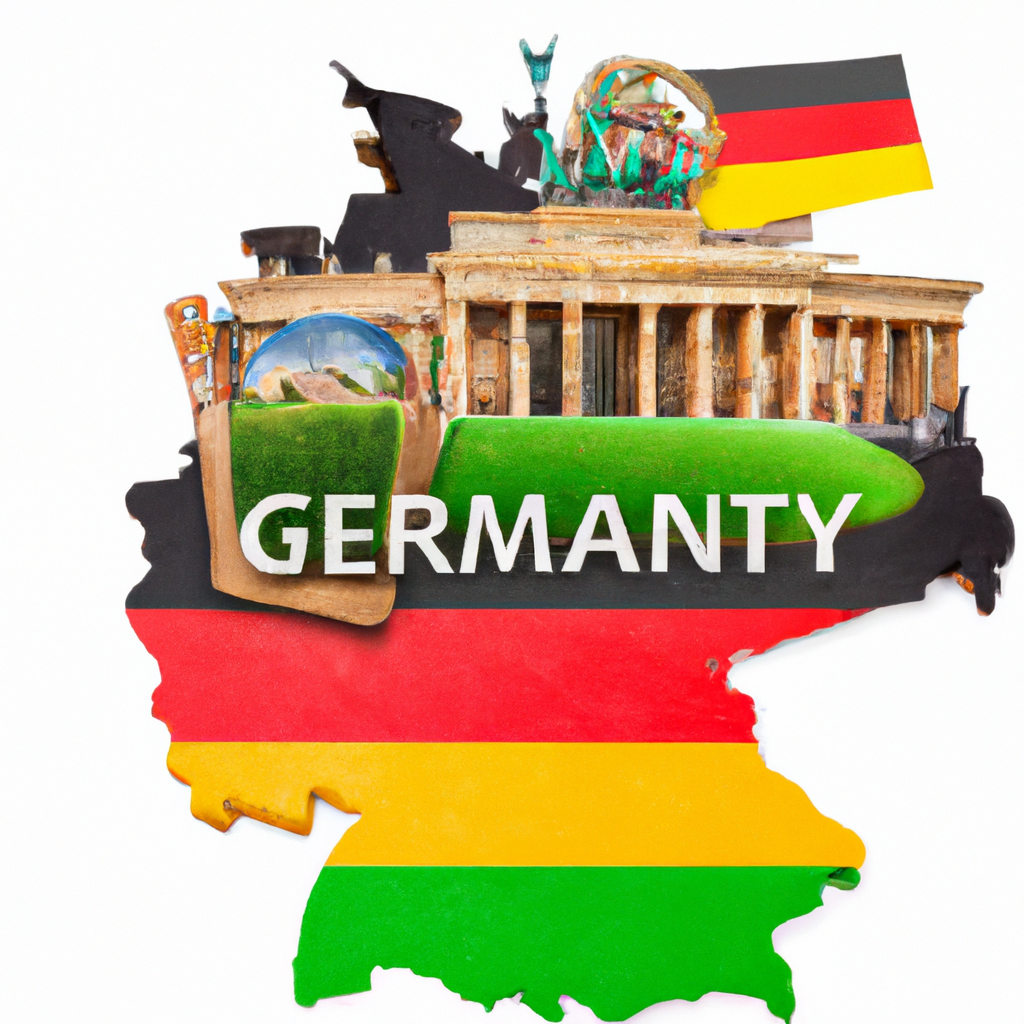What is the history and significance of the Berlin Wall?
Post ByAdequate Travel
Summary
The Berlin Wall was once a symbol of the Cold War, standing as a powerful representation of the conflicts between east and west. Now, it stands as an enduring symbol of the striving for freedom that is shared by people around the world. In this blog post, we will explore the history and significance of the Berlin Wall and its important place in the world.
History of the Berlin Wall:1. Post-World War II Division:- The Berlin Wall's origins can be traced back to the aftermath of World War II. Germany was divided into four occupation zones controlled by the Allied powers: the United States, Soviet Union, Britain, and France.- The capital city of Berlin, located in Soviet-controlled East Germany, was also divided into four sectors, each controlled by one of the Allied powers.- Tensions grew between the Soviet Union and the Western Allies as ideological differences emerged, leading to the establishment of separate East and West German states in 1949.2. Escalating Tensions:- As the Cold War intensified, thousands of East Germans began fleeing to West Germany through Berlin. The flow of skilled labor and brain drain deeply concerned the East German government.- In response, the Soviet-supported East German regime, led by Walter Ulbricht, sought to curtail emigration and increase control over its citizens. Initially, they implemented various restrictions and travel regulations.3. Construction of the Berlin Wall:- On August 13, 1961, East German authorities began constructing a barrier across Berlin, initially using barbed wire, then replacing it with a concrete barrier.- This physical structure became known as the Berlin Wall, a symbol of the division between East and West Germany.- Its purpose was to prevent East Germans from escaping to West Germany and to isolate West Berlin, which remained under the control of the Western Allies.4. Significance of the Berlin Wall:- Political Symbol: The Berlin Wall became a potent symbol of the ideological divide between communism and capitalism during the Cold War. It represented the tangible separation of families and communities.- Humanitarian Crisis: The wall spurred significant humanitarian challenges, as many East Germans attempted dangerous escape attempts through various risky methods. The wall resulted in numerous deaths and injuries.- Cold War Tensions: The construction of the wall heightened tensions between the Soviet Union and the Western Allies. It marked a visible and concrete manifestation of the divide between the capitalist and communist blocs.- Fall of the Berlin Wall: The fall of the Berlin Wall on November 9, 1989, came to symbolize the end of the Cold War and the reunification of East and West Germany. It marked a significant moment in history, representing the triumph of democracy and freedom over communism.Examples:1. Building the Wall: The physical construction of the Berlin Wall involved the deployment of a significant number of border guards and the placement of barbed wire, watchtowers, and armed checkpoints.2. Checkpoint Charlie: One of the most famous crossing points between East and West Berlin was Checkpoint Charlie, used by diplomats, military personnel, and foreigners to pass between the two sides.3. Escapes from East Germany: Many East Germans attempted daring escapes, such as climbing over the wall, digging tunnels, or even using hot air balloons. Some successful examples include the escapes of Peter Fechter and Conrad Schumann, while others tragically failed.4. Fall of the Wall: On November 9, 1989, following the announcement of relaxed travel regulations, East Germans flooded the border checkpoints. Overwhelmed guards eventually opened the gates, leading to joyous celebrations and the dismantlement of the Berlin Wall.Travellers can find valuable travel information for tourists, such as local customs, must-see attractions, and dining recommendations, to make the most of their trip.
Suggested Questions
- Schloss Wackerbarth, Radebeul: Horror Story, History & Paranomial Activities
- Frauenkirche, Dresden: Horror Story, History & Paranomial Activities
- Berliner Unterwelten, Berlin: Horror Story, History & Paranomial Activities
- Kloster Andechs, Andechs: Horror Story, History & Paranomial Activities
- Burghausen Castle, Burghausen: Horror Story, History & Paranomial Activities
- Burg Satzvey, Mechernich: Horror Story, History & Paranomial Activities











